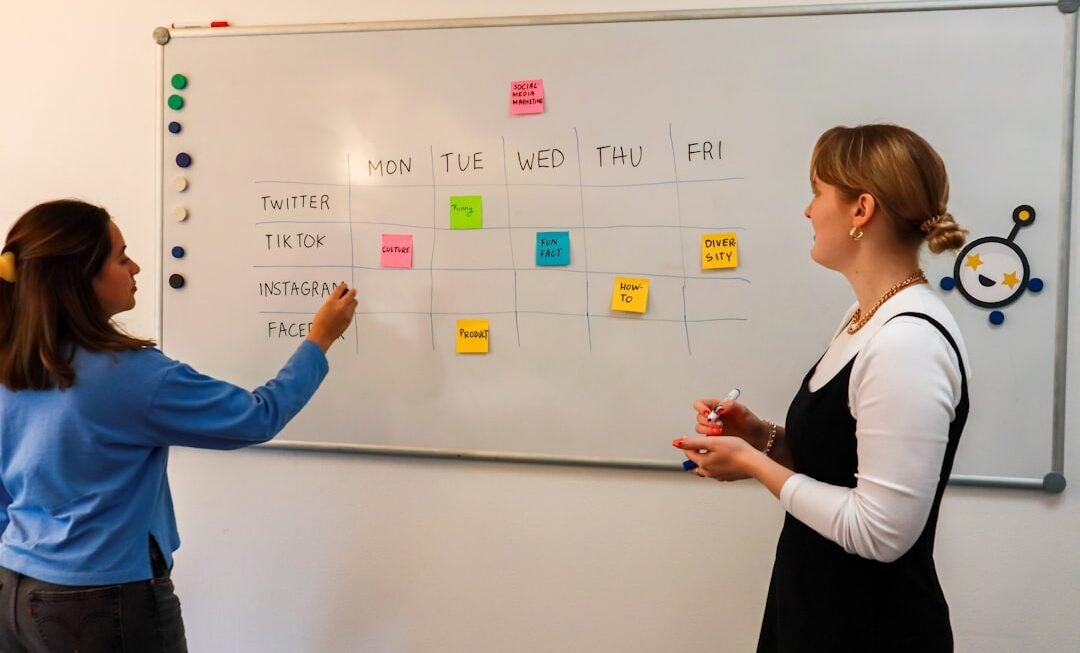The preservation of educational materials is crucial for maintaining the integrity of knowledge and culture. As time progresses, physical materials such as books, manuscripts, and historical documents face deterioration due to environmental factors, handling, and the natural aging process. Restoration and digitization serve as vital processes to safeguard these resources, ensuring that they remain accessible to future generations.
The digitization of educational materials not only protects them from physical degradation but also enhances their availability, allowing a broader audience to engage with historical texts and educational resources that might otherwise be confined to specialized libraries or archives. Moreover, the digitization of educational materials democratizes access to knowledge. In an increasingly digital world, where information is often sought online, having educational resources available in digital formats allows for greater dissemination and utilization.
This is particularly important in the context of global education, where disparities in access to physical libraries can hinder learning opportunities. By converting educational materials into digital formats, institutions can reach diverse populations, including those in remote areas or developing countries, thus fostering a more inclusive educational environment.
Key Takeaways
- Restoration and digitization of educational materials is crucial for preserving knowledge and making it accessible to a wider audience.
- AI plays a significant role in the restoration and digitization process by automating tasks such as image enhancement and text recognition.
- Challenges in restoration and digitization include the need for high-quality input materials, potential loss of original context, and ethical considerations.
- AI in restoration and digitization brings benefits such as increased efficiency, accuracy, and the ability to handle large volumes of materials.
- Best practices for restoration and digitization with AI include using high-resolution scans, ensuring data privacy, and validating results through human oversight.
The Role of AI in Restoration and Digitization
Artificial Intelligence (AI) has emerged as a transformative force in the restoration and digitization of educational materials. Through machine learning algorithms and advanced image processing techniques, AI can significantly enhance the quality of digitized content. For instance, AI can analyze and reconstruct damaged texts or images, filling in gaps where physical deterioration has occurred.
This capability not only aids in preserving the original intent of the material but also allows for a more accurate representation of historical documents that may have been lost to time. Furthermore, AI facilitates the automation of various processes involved in digitization. Tasks such as text recognition, image enhancement, and metadata generation can be streamlined through AI technologies.
Optical Character Recognition (OCR) systems powered by AI can convert scanned images of text into editable and searchable formats with remarkable accuracy. This efficiency not only accelerates the digitization process but also reduces the labor costs associated with manual data entry and correction. As a result, institutions can allocate resources more effectively, focusing on curating and disseminating knowledge rather than getting bogged down by technical challenges.
Challenges in Restoration and Digitization of Educational Materials
Despite the advancements brought about by AI, several challenges persist in the restoration and digitization of educational materials. One significant hurdle is the variability in the condition of materials being digitized. Historical documents may exhibit a range of issues, from fading ink to severe physical damage, which can complicate the digitization process.
Each item may require a tailored approach to restoration, demanding expertise that may not always be readily available within institutions. This variability can lead to inconsistencies in the quality of digitized outputs, potentially undermining the integrity of the materials. Additionally, there are technical challenges associated with the integration of AI into existing workflows.
Institutions may face difficulties in adopting new technologies due to outdated infrastructure or a lack of trained personnel capable of implementing AI solutions effectively. The initial investment required for advanced AI tools can also be a barrier for many organizations, particularly smaller libraries or educational institutions with limited budgets. These challenges necessitate careful planning and resource allocation to ensure that the benefits of AI are fully realized in the restoration and digitization processes.
Benefits of AI in Restoration and Digitization
The integration of AI into restoration and digitization processes offers numerous benefits that extend beyond mere efficiency. One notable advantage is the enhancement of accessibility. AI-driven tools can create searchable databases that allow users to find specific information quickly within vast collections of digitized materials.
This capability transforms how researchers, educators, and students interact with historical texts, enabling them to conduct more thorough investigations without the constraints imposed by physical access to materials. Moreover, AI can improve the quality of digitized content through advanced image processing techniques. For example, AI algorithms can automatically adjust contrast, brightness, and sharpness to enhance legibility and visual appeal.
This is particularly beneficial for older texts that may have faded over time or suffered from poor preservation practices. By producing high-quality digital reproductions, institutions can ensure that users experience educational materials as closely as possible to their original form while also making them more engaging and easier to read.
Best Practices for Restoration and Digitization with AI
To maximize the benefits of AI in restoration and digitization efforts, institutions should adopt best practices that encompass both technological and procedural aspects. First and foremost, it is essential to conduct a thorough assessment of existing materials before initiating any digitization project. Understanding the condition of each item allows for informed decisions regarding restoration techniques and prioritization based on significance or demand.
Additionally, institutions should invest in training personnel on both the technical aspects of AI tools and the principles of preservation. This dual focus ensures that staff members are equipped not only to operate advanced technologies but also to make informed decisions about how best to preserve the integrity of educational materials during the digitization process. Collaboration with experts in fields such as conservation science can further enhance these efforts by providing insights into best practices for handling fragile items.
Case Studies of Successful Restoration and Digitization Projects
Several institutions have successfully implemented AI-driven restoration and digitization projects that serve as exemplary models for others to follow. One notable case is the British Library’s “Endangered Archives Programme,” which utilizes AI technologies to digitize at-risk archival materials from around the world. By employing machine learning algorithms for image enhancement and OCR, the British Library has been able to create high-quality digital versions of documents that would otherwise be lost due to environmental threats or neglect.
Another compelling example is the University of California’s “Digital Library Project,” which integrates AI tools for both restoration and user engagement. The project has successfully digitized thousands of historical texts while employing AI-driven analytics to understand user interactions with the materials. This data informs future digitization efforts by highlighting which types of content are most sought after by users, allowing for a more targeted approach to resource allocation.
Ethical Considerations in AI-based Restoration and Digitization
As institutions increasingly rely on AI for restoration and digitization, ethical considerations must be at the forefront of these initiatives. One primary concern is the potential for bias in AI algorithms, which can inadvertently affect how certain materials are represented or prioritized during digitization efforts. For instance, if an algorithm is trained predominantly on specific types of texts or languages, it may overlook or misrepresent marginalized voices within historical records.
Institutions must ensure that their AI systems are designed with inclusivity in mind, incorporating diverse datasets that reflect a wide range of perspectives. Additionally, issues surrounding copyright and intellectual property rights must be carefully navigated during restoration and digitization projects. While digitizing educational materials can enhance access, it also raises questions about ownership and usage rights.
Institutions must establish clear policies regarding how digitized content can be used by researchers and educators while respecting the rights of original creators or their estates. Engaging with legal experts during project planning can help mitigate potential conflicts related to copyright infringement.
Future Trends in AI-based Restoration and Digitization
Looking ahead, several trends are likely to shape the future landscape of AI-based restoration and digitization efforts. One emerging trend is the increasing use of augmented reality (AR) and virtual reality (VR) technologies alongside traditional digitization methods. By creating immersive experiences that allow users to interact with historical materials in new ways, institutions can enhance engagement and foster deeper connections with educational content.
Another trend is the growing emphasis on collaborative platforms that facilitate knowledge sharing among institutions engaged in restoration and digitization projects. As organizations recognize the value of pooling resources and expertise, collaborative networks are likely to emerge that leverage AI technologies for collective benefit. These partnerships could lead to more comprehensive databases that encompass a wider array of educational materials while also promoting best practices across different sectors.
The Impact of AI on Access to Educational Materials
The impact of AI on access to educational materials cannot be overstated. By streamlining restoration and digitization processes, AI enables institutions to make vast collections available online more rapidly than ever before. This increased accessibility has profound implications for education at all levels; students can now explore primary sources from anywhere in the world without needing physical access to libraries or archives.
Moreover, AI-driven search capabilities enhance user experience by allowing individuals to locate specific information within extensive collections quickly. This functionality empowers researchers to conduct more efficient inquiries while also encouraging casual learners to engage with historical texts they might not have encountered otherwise. As a result, AI not only broadens access but also enriches the learning experience by facilitating deeper exploration of diverse topics.
Collaboration and Partnerships in AI-based Restoration and Digitization
Collaboration among institutions is essential for maximizing the potential of AI in restoration and digitization efforts. By forming partnerships with other libraries, universities, museums, and technology companies, organizations can share knowledge, resources, and best practices that enhance their projects’ effectiveness. Collaborative initiatives can lead to pooled funding opportunities that enable larger-scale projects that might be unattainable for individual institutions.
Additionally, partnerships with technology firms specializing in AI can provide institutions with access to cutting-edge tools and expertise that may not be available internally. These collaborations can foster innovation by combining domain knowledge from educators with technical proficiency from software developers, resulting in solutions tailored specifically for the unique challenges faced in restoration and digitization.
Recommendations for Institutions and Organizations Implementing AI-based Restoration and Digitization
For institutions looking to implement AI-based restoration and digitization projects effectively, several recommendations can guide their efforts toward success. First, conducting a comprehensive needs assessment is crucial; understanding specific goals will help prioritize which materials should be digitized first based on demand or significance. Second, investing in training programs for staff members will ensure they are equipped with both technical skills related to AI tools as well as knowledge about preservation principles.
This dual focus will empower personnel to make informed decisions throughout the restoration process while maximizing efficiency. Finally, fostering partnerships with other organizations—whether academic institutions or technology firms—can provide valuable insights into best practices while also expanding available resources for projects. By embracing collaboration alongside technological advancements like AI, institutions can position themselves at the forefront of preservation efforts while ensuring that educational materials remain accessible for generations to come.












